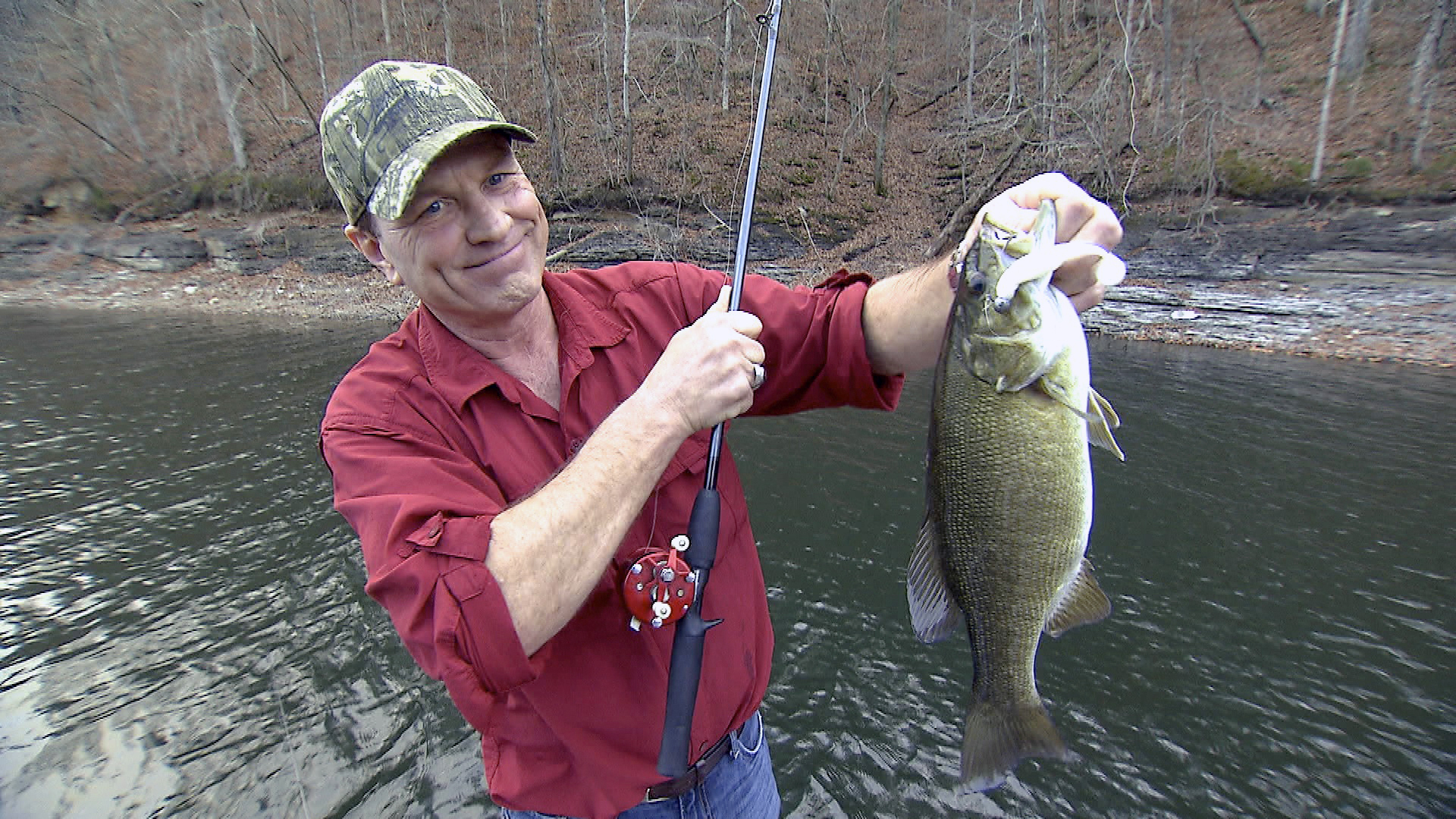February lunkers

Brave the cold for an unforgettable catch
As morning turned to afternoon that February day, the temperature quickly dropped, and the cold rain began to freeze. Ice started forming on the boat, the fishing rods—and us. Dale Hollow Lake was in the midst of an ice storm.
But it wasn’t the least bit uncomfortable to my golden retriever, Sam. As we got close to a bank, he jumped out of the boat and leisurely swam to shore for a pit stop. After I got him back in the boat, his wet fur froze and crystalized. As he lay still, he looked to me like a dead, frozen creature.
However, his protective undercoat did its job. Old Sam didn’t even seem the least bit chilled, and he never so much as caught a cold. Those are memories that bring a smile to my face—as do the memories of the number and size of the smallmouth bass we caught that day. If you can stand the miserable weather in February and have patience, you just might catch a bass you’ll never forget.
Chris Gupton is a fishing guide on Lake Erie, Lake Cumberland, Green River Lake and Dale Hollow Lake. “In the pre-spawn days of February, fish are in the channels and off points in deep water where it’s warmer,” he says. “If you can get a bait down to the target zone and work it slow, you’ve got a good chance of catching a lunker, especially the more aggressive smallmouth bass.”
Gupton likes to use a hair jig tipped with a live chub minnow. He uses 10-pound test line with a medium action rod and a soft tip.
Michael Carter, a tournament fisherman and consumer-member of Taylor County RECC, uses 12-pound test line and an artificial bait called the Silver Buddy to catch February smallmouth. Cut into the shape of a baitfish, it’s a simple metal blade with two treble hooks.
“I like to let the bait sink to the bottom and then pull up,” Carter says. “The fish usually hit it on the fall back to the bottom.”
He also likes the “float ’n fly” technique, which is a hair jig held in place by a bobber. With the fisherman’s finesse, the jig is barely worked to give it the slightest movement.
February is not the time to rip a spinner-bait across the top of the water. Wait until the spring spawn to do that. In February, the fish are deep. In our lakes, that may mean they’re at 35 feet or more. Nothing is moving very fast down there, but fish still have to feed, and they can’t resist bait being slowly worked in front of their noses.
DAVE SHUFFETT is an outdoorsman, public speaker, television host, writer and author of My Kentucky Life.

